Imagine walking into a plain-looking chapel, and the inside has a Gothic-Ser view of real bones. Human skulls are everywhere, and they use them beautifully to construct archways, ceilings and even a chandelier. Through curved stone windows, gentle light enters and illuminates the structures of milky white collarbones, pelvis and more. Does this sound beautiful or more like a nightmare? Either way, this is the sight that greets you as you enter the Sedlec Ossuary in the Czech Republic. An Ossuary is any room or container in which the bones of the dead remain. Ossuary, also referred to as the Church of Bones, has a dark history dating back to 1278. It was originally a burial site, partly constructed of what is estimated to be between 40,000-70,000 bones. Ossuary is located in Sedlec, a suburb of Kutna Hora, one hour from Prague.
It is one of the most famous and visited places in the Czech Republic. Around 200,000 XNUMX people visit each year. The church contains at least one of each type of bone from the human body. It is a unique structure. The Ossuary appears like any Roman Catholic church that you can find scattered throughout Europe, from the outside. Only when you enter, the significance of this place becomes clear. Located in the historic Bohemian region, the city and Ossuariet have been a UNESCO World Heritage Site since 1995.
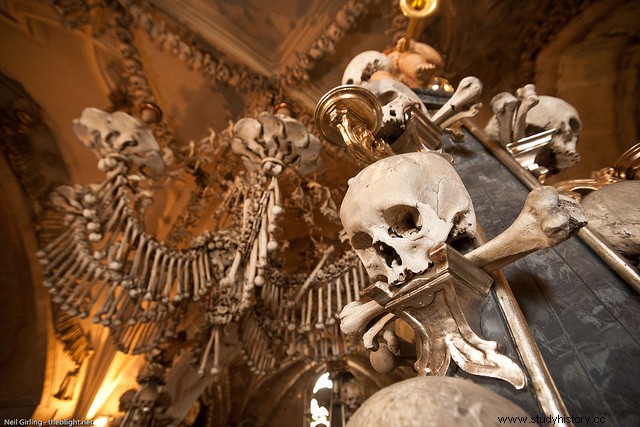
The Dark History of the Churches
So how did this dark story of the Church of Bones come about? In 1278, when the Czech Republic was called Bohemia, King Otakar II sent a monk to Jerusalem. He returned with a small amount of soil from Calvary and strewn it in the cemetery of Kutna Hora. That is why we hear people call it Calvary Calvary today. Christians believe this is where Christ died. So people started going to the cemetery to bury their loved ones. For this reason, it became a sacred burial ground throughout Europe.
During the 14th century, the plague caused thousands of deaths. The church added 30,000 40,000–1419 XNUMX plague victims to the cemetery. Ossuary is also the place where the remains of many Hussite warriors are today. We hear less often about the Hussite Wars, also called the Bohemian Wars. They were also religiously motivated. From XNUMX they continued for about fifteen years. Thus, the Czech people rested thousands of souls from important moments in history.
They uncovered many bones at the burial site under the chapel building around 1400. The community in Kunta Hora began to arrange them in pyramids around the church building. Frantisek Rint, a wood carver, was commissioned to beautify his bones before they remained untouched for years. He carefully bleached and cut the bones to create a beautiful structure. Rint's signature is on one of the walls in Ossuary. They are in bone, of course.
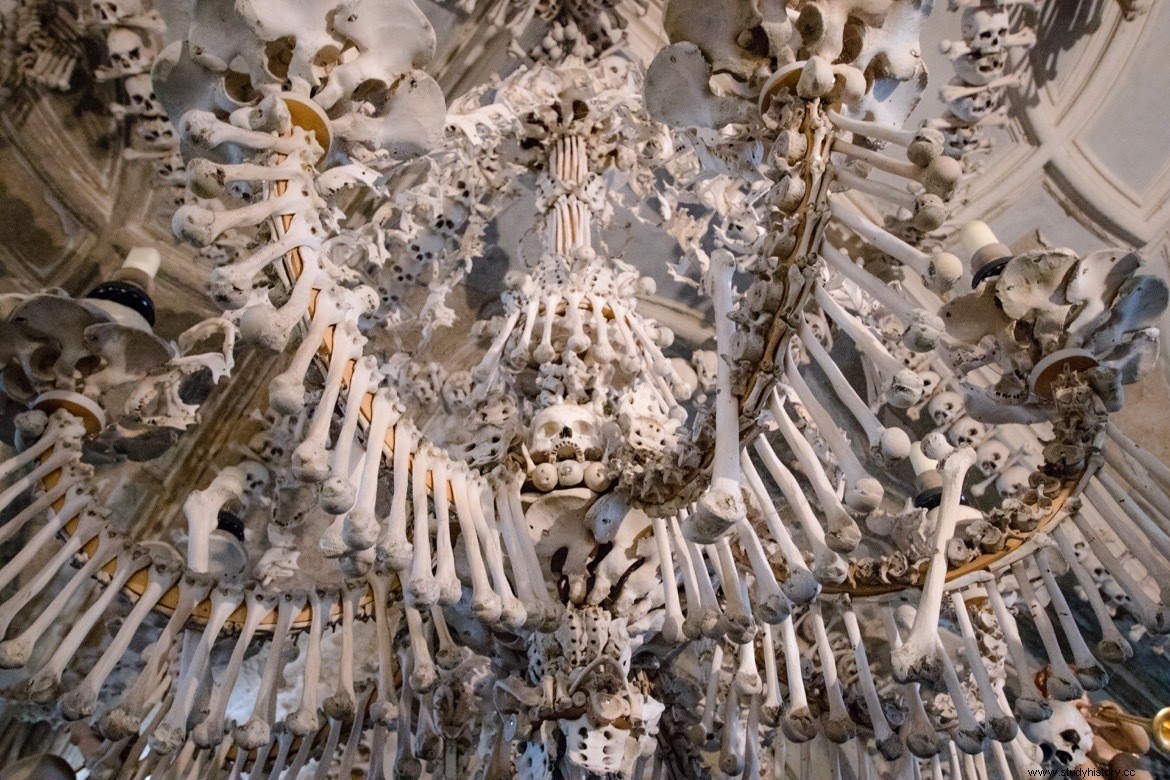
More History of the Church of Bones
The complex bone structures, which include a chandelier, many crosses, religious iconography and beautiful decoration, were created by Frantisek Rint. In addition, skulls decorate the archways of doors and windows. Rint also did Monstrances with the legs. A Monstrance is an object found in Roman Catholic churches to display religious objects. The Schwarzenberg family crest, displayed on the wall, is also arranged from the legs. This aristocratic and prosperous family financed a large part of the Rint project. Their coat of arms acknowledges their support.
However, in 2014, the Church of Bones began renovations and restorations, revealing more of its dark history. There was concern that if the building was not made more extensive, damage would occur. A renovation will help preserve the place. But during the renovation, workers found 1,200 extra skeletons in 34 more unmarked graves. The find is considered one of the most significant burial site finds in recent history. During the renovation, the chandelier of bones was also taken apart and reconstructed again. The upgrades are a work of love to restore an important cultural site.
The renovation was completed with the utmost care to ensure that future visitors can also see this cultural view. The renovation of the church is still ongoing and will take almost ten years. Many of the bodies found were men instead of women. For this reason, anthropologists believe that Kutna Hora was a mining population.
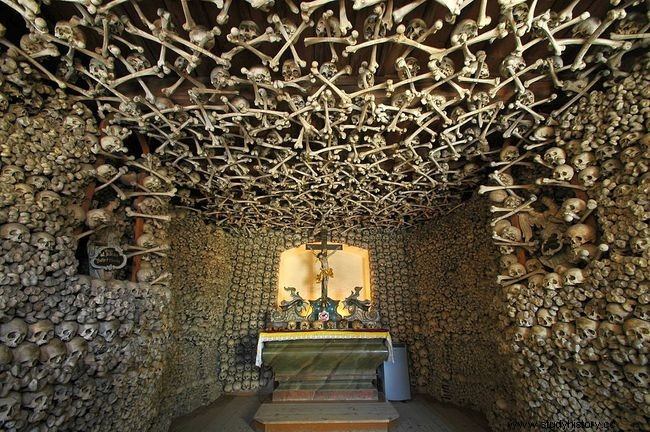
The Church and How It Has Affected History
Today, Ossuary still holds an important place in the recent cultural history of the Czech Republic. The famous Czech animator and filmmaker Van Smankmajer made a ten-minute black-and-white film about Ossuary. Described as a "horror documentary", the troubled footage captures gloomy images of Ossuary. A narrator tells the story. Claims Kostnice, or "The Ossuary" in English, Smankmajer filmed the play in 1970.
Smankmajer filmed his piece shortly after the Soviet occupation in 1969. This occupation became known for much artistic repression. The Soviets forbade many artists to create something that they did not intend purely Soviet propaganda. Smankmajer shows us the history of the Ossuary and philosophical themes about death, decay and religion. Since the Soviet Union was very anti-religious, the philosophical nature Smankmajer wanted to film was controversial. Because of his skill as a filmmaker, he created the play to follow Soviet regulations. Meanwhile, it still conveyed his interest in the original themes of Ossuary. For this reason, it is a sign of the continuation of the Czech spirit and the desire to create real art despite oppression.
The Church of Bones is an important cultural symbol, and the bones in it mark certain historical moments for the country. The bones are a reminder of sickness, war, religious strife, and faith. In this way, they serve as a reminder to look to a future where we do not repeat these events.
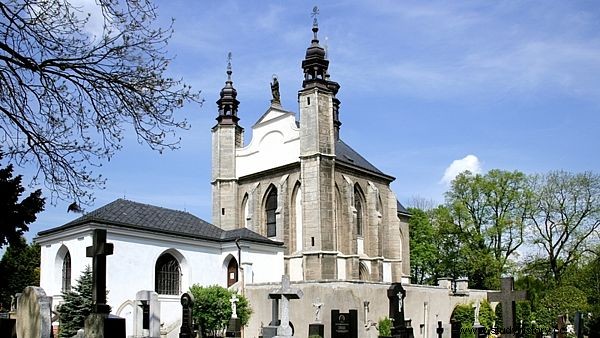
The Church of Bones in Other Dark Stories
Due to its Gothic appearance, many artists have used it in their work. For example, the author, Charlie Parker, has written a book called The Black Angel. He uses the Church of Bones and its dark history to write an exciting mystery. There are references to the supernatural and the forces of evil in the novel, and it is modern Gothic. It contains kidnappings and mysteries, and the novel contains other Gothic surroundings such as monasteries and baroque buildings. Another Gothic novel that often refers to bones is The Phantom of the Opera by Gaston Leroux. Phantom has a slender, skeletal face, which scares people because it looks like it is living in death.
Ossuary is in the 2007 sci-fi movie Blood and Chocolate, which also deals with the supernatural . Other movies that contain Ossuary are Customization and House with 1000 corpses. All of these stories are about death, science fiction and things that are considered strange or macabre. So we can see that Ossuary and its Gothic images relate to modern horror. However, they are also examples of how people use older works of art as inspiration to create new art, just as Smankmajer did with his film.
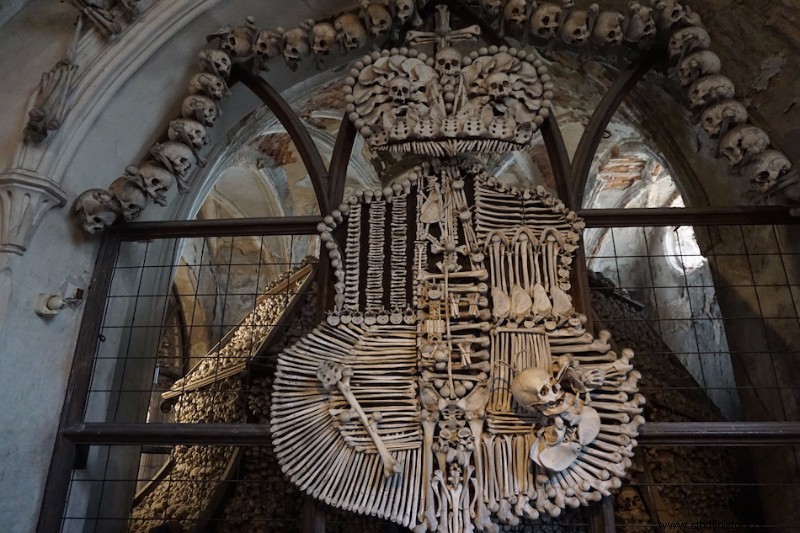
Dark history attracts dark tourism
Art historian Kelsey Perreau has observed that the Church of Bones is a cultural fascination for humans, with its dark history attracting many visitors. She links the Ossuary to other cultural sites, such as war camps in Poland and the Holocaust Museum. All are sites related to war and terror. As mentioned earlier, the Church of Bones is related to death, decay, war and religion. These things in art evoke ideas of hope and celebration of life when considering death. Anthropologists and social scientists have come to describe this phenomenon as "dark tourism".
The Enlightenment led to a paradigm shift and a focus on increased knowledge of science and rationality. As a result, cemeteries and the Ossuary are considered sacred sites and were associated with death and disease instead of hope. However, dark tourism opens up a renewed interest in these original positive themes.
The rise of dark tourism also raises questions in anthropology and the art of the human rights of the dead. There are many debates about ethics in showing and dealing with human remains. We can look at ossuaries in the same way as a war memorial or a Holocaust museum. The idea is to respect the dead, not to exploit their remains.

Legs in churches throughout history
Perhaps the most famous Ossuary globally is the Paris Catacombs. Nevertheless, there have been many all over the world. Churches are usually places of beauty and reminders of a dark history. Anthropologists have noticed that keeping or collecting the bones of the dead dates back to prehistoric times. However, this practice reached a peak in Catholic Europe from the sixteenth to the nineteenth century.
These ossuaries became places of ritual, often not sanctioned by the church. Ritual practices in these places may include praying to the dead. The people thought that they died then might return their prayers with services. People often find ways to feel that they have maintained a connection with the dead. Dialogues with the dead help people cope with losses and complex circumstances surrounding their death, such as war or illness. It also helps people to honor the dead and carry a reminder of the past with them.
Janet Carsten has said that bones can represent attachment and kinship across cultures. Bones are symbolic in many ways, and represent the essence of a person. Along with other bodily substances, bones are in a category that anthropologists call the "substance code", as they are symbolic. For example, bones can not only be bones, but symbolically represent the shared DNA and similarity of living families. This symbolism is the substance code. Bones represent mortality and the part of the dead person that stays forever with their living family or culture.
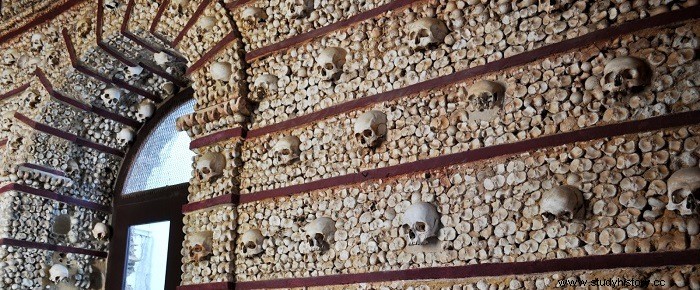
Why dark history and bones in churches matter
There are many examples of Ossuars or bone churches around the world. Examples of them are in Europe and Peru, Cambodia, Egypt and Portugal. Ossuars are also what people call carnelian houses. A carnelian house is a building specifically for storing the bones of the dead. Like the Church of Bones, they are beautiful places that have a dark history. A lot of thought and time goes into creating places like churches and ossuaries.
Anthropologists have an interest in churches and religious buildings for this reason. They reflect culture and history. They also reflect that people often create art and beauty from dark historical events. We may think that places like Boneskirken are scary, but they reflect how people coped with death during their time. If we try to think of some of our current cultural practices around death, we can see that they can also be scary! For example, an open coffin funeral or people storing the belongings of their dead loved ones. This type of thinking is called "comparative thinking" and is very important in anthropology. The Church of Bones is an example of how people deal with grief and world events, and realizing this helps to humanize people from the past.

Cultural significance in anthropology
In the past, bones have fascinated anthropologists because of their symbolism and use in rituals across many cultures. The Church of Bones and its dark history is a fascinating architectural work and a reflection of culture. Art and tradition as cultural practices reflect how people think and what they believe. In addition, how tourists think and feel about places like the Church of Bones and its dark history reflects their current culture and values. Websites like Ossuary provide insight into Czech culture and how people across many cultures think about death.
Anthropologists and archaeologists play a significant role in honoring the dead and maintaining their culture. For example, when there has been war or genocide, governments may fail to acknowledge the violence. Recycling human remains or graves to learn about them honors their memory and practice. Today, Sedlec Ossuary keeps alive the faith and values of the people who created the church. The bones and the church also carry the history of the people and culture that lived before it was built.
The ossuary can be a window into religion, ideas of death, kinship, politics and funeral rites. As time has passed, we now associate our own beliefs and practices with Ossuary. Therefore, it is practicing to visit to learn about Ossuary. As anthropologists, we recognize that this is not just tourism, but our modern ritual practice. We honor the dead and reflect on our own belief in death and history by visiting Ossuary.
